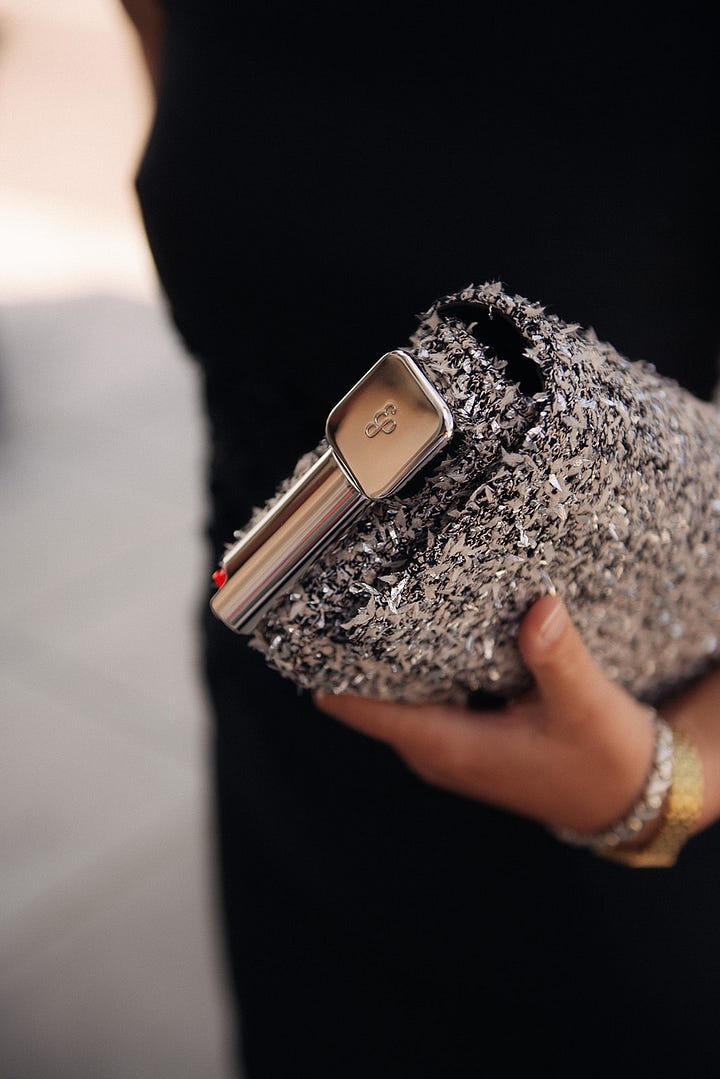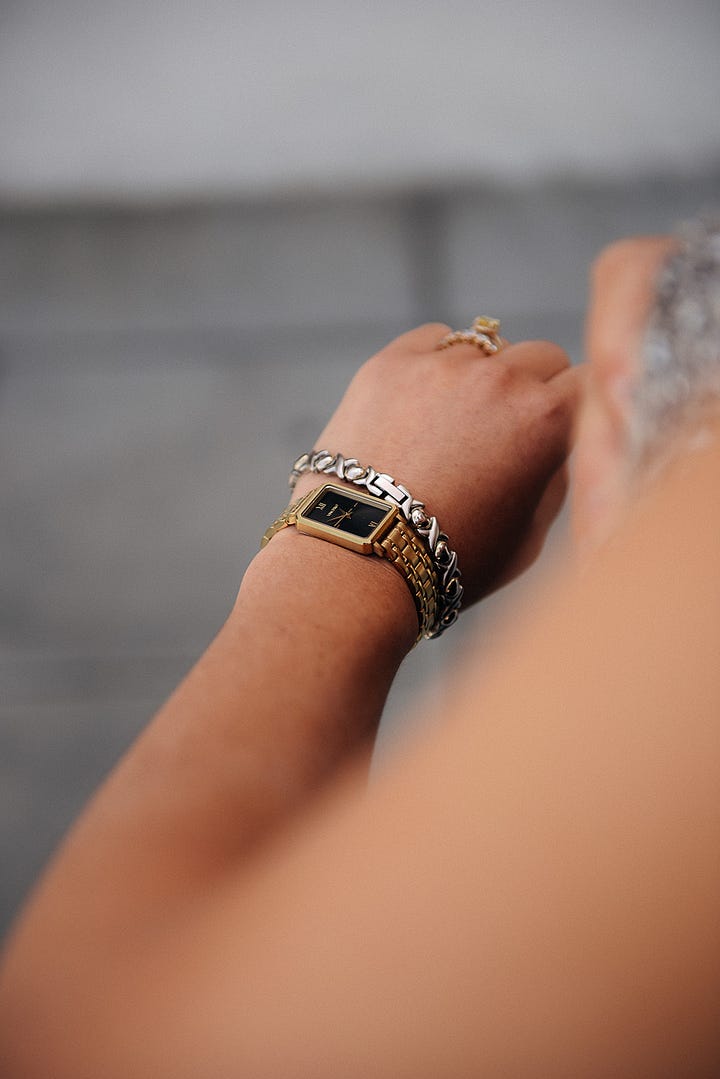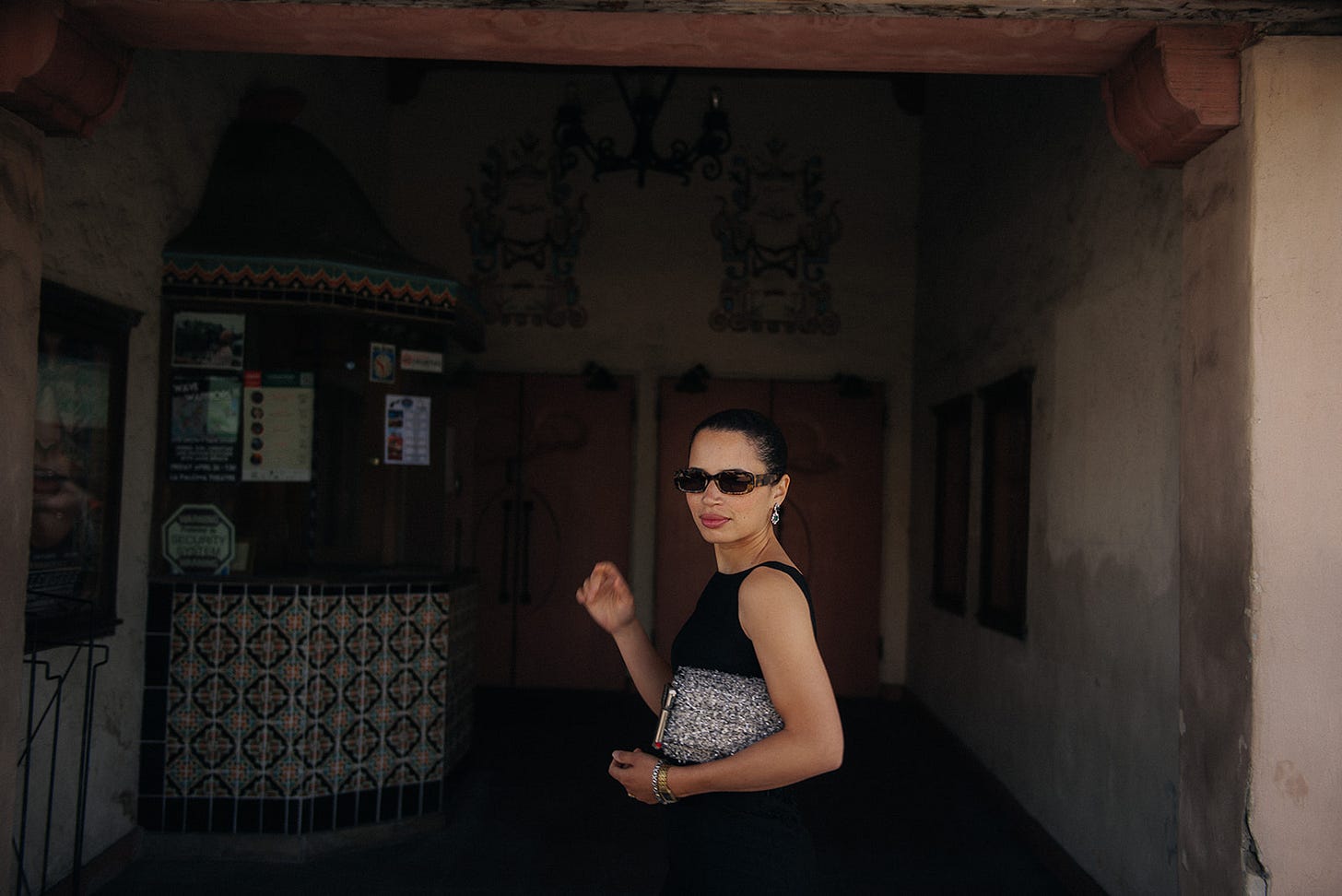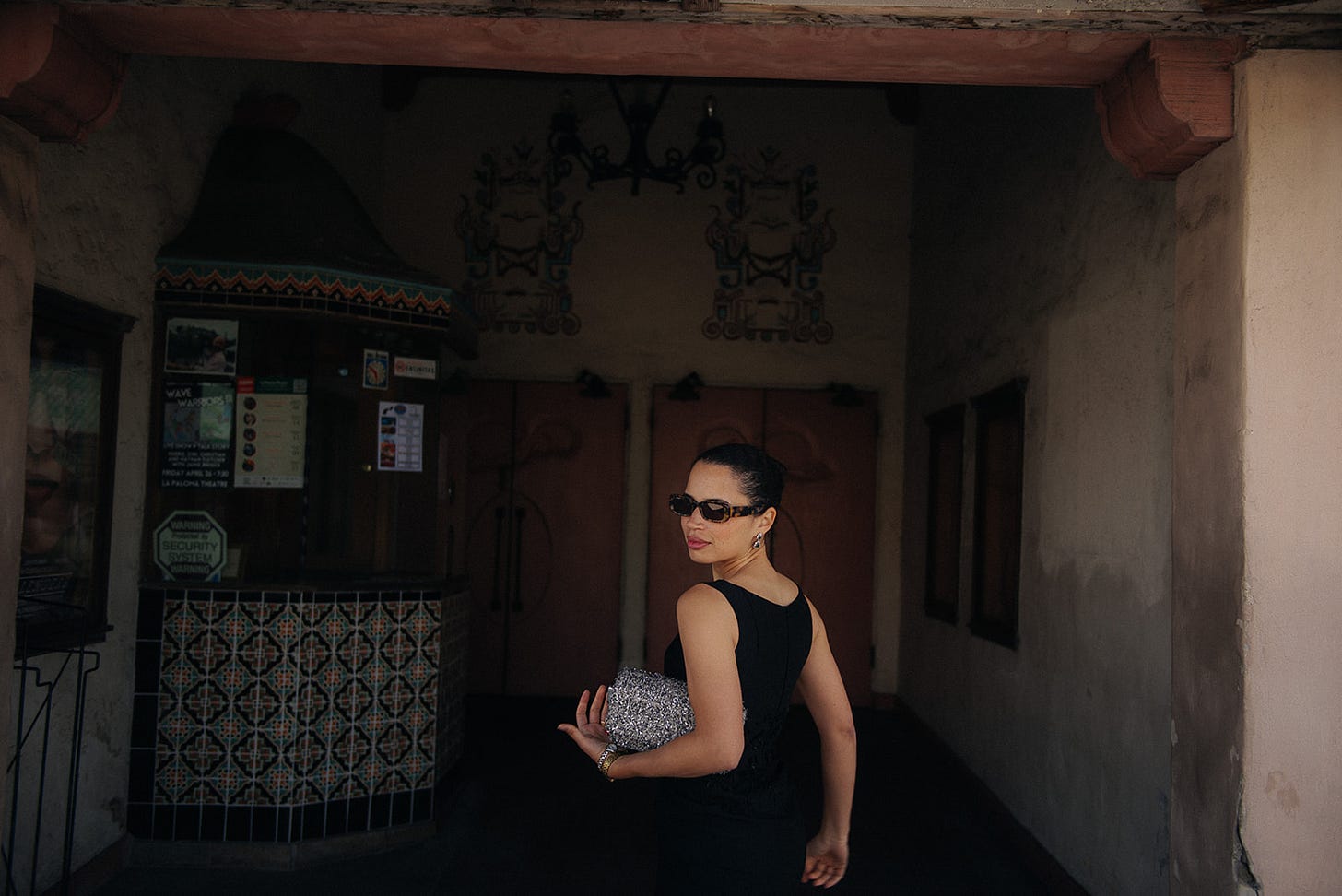The Supreme Reign & History of the Little Black Dress
Brought to life via our 1960 time travel photo diary
21st & 18th writes about culture. Covering art, history and fashion and featuring interviews with voices in fashion and leaders in the arts. Sometimes we’ll feature photo journals of our recent time travels. Written by Lauren Lynch Wemple (@lolynchwemple). Follow 21st & 18th (@21stand18th) on Instagram.
First some housekeeping…
Have you read 21st & 18th’s interview with Kiki Smith, professor and Founder of Smith College’s Historic Clothing Collection? Last autumn, I drove up to Smith College to meet Kiki and learn about her time at Smith, fascination with clothing and how she’s grown the college’s Historic Clothing Collection to thousands of items worthy of books and news coverage across the country. Navigate here to tuck in.
At the end of March, we will be featuring an interview with Justina Barrett, Chief Learning and Engagement Officer of the Historical Society of Pennsylvania.
Ensure you’re subscribed to 21st & 18th to read our weekly posts on art, history and fashion, as well as our monthly culture features. All posts are free to read and all paid monthly subscriptions directly fund travel to interview our featured guests.
Know a leader in arts and culture we should feature? Write me at lauren@21stand18th.com
How did the LBD, or little black dress, become so completely ubiquitous in contemporary fashion?
Like most cultural movements, the LBD got its start from a leader in society and business, in this case, a slight French woman who lit the social set of Europe and the USA on fire with her elegant, uncomplicated designs: Coco Chanel.
In 1926, Chanel debuted a sketch for a new dress she called “The Ford,” a tongue in cheek reference to Henry Ford’s marketing, from around that time, of his new Model T motor vehicle, Ford is noted to have said of the Model T that it is, “Available in any color…so long as its black.”
It’s interesting to consider fashion in the 1920s operated much like the industry does today, with designers responding to the happenings in politics, business and technology through the art of their clothing. What would be the equivalent in 2025? Matthieu Blazy1 sending 3 dozen models down a catwalk at Paris Fashion Week all painted orange and wearing ensembles reminiscent of the clothes favored by dictators in history? (Maybe there’s something here)
Regardless of her remarks on growing industrialization and what she meant, Chanel unleashed the need/want for women to shake up their lives by debuting a short (for the time), long-sleeved, easy to wear and re-wear little black dress

What was the general relationship with wearing black B.1926?
B.1926 (before 1926, aren’t I clever) most people wore black for one of three reasons: 1) They were poor and black clothing did not show stains as easily as a lighter colored cloth might 2) They were in service, ie. maid or servant of some sort, and their uniform dictated wearing such a color at all times while on the job 3) Someone they were closely related to recently died.
Pretty bleak, I know.
This is all to impress upon you that B.1926, black was not a desirable color to wear as it called you out socially as someone who was poor, a servant or grieving for the loss of a loved one - I don’t know about you but I’m not actively signing up for any of these circumstances.
Fun fact: Famously Queen Victoria wore black every day for the rest of her life2 after the death of her beloved husband Prince Albert in 1861. She was only age 40 and lived until 1901 (aged 81).
What is our relationship with the Little Black Dress in 2025?
Interestingly enough, as a person who really enjoys color, wearing it, looking at it and decorating with it, I wear a lot of black and neutral tones.
Do we gravitate toward wearing a black dress because it’s easy to style? Or requires little thought in our fast paced lives?
Women in the 17th, 18th and 19th centuries - wealthy women that is - generally took more time to ready themselves each day and had servants, hair dressers, people to lace up things and affix their necklaces to their swan-like necks. Perhaps I’m over glamorizing it, but the truth is, after Chanel’s 1926 Ford little black dress debuted, World Wars globalization and technology booms followed, driving women into the work place, servants out of the house and the urgency for productivity and need for speed, in all things, through the roof. Women in the mid 20th century had less and less time for the getting ready ritual and oft turned to the LBD to appear polished, professional and glamorous.
The reign of the ^vintage LBD
I’ve noted many times in this newsletter that I prefer vintage clothing. I prefer the construction, silhouettes and, generally, the fit is better on my form.
Here I am pictured in my 1960 time travel photo diary in a label-less LBD, it’s a heavy silk wool blend with black beading, hand sewn in about a 5 inch wide design, around the waistline. It’s easy to wear and incredibly flattering.
Notice how the LBD is for fitting but not tight or stretched from every angle? The thick fabric doesn’t reveal anything to the eye, no unwanted lines or creases when you stand up from sitting. Plus, no easily visible stains. All in all, it’s easy. A forecastable fashion win.
This LBD features a flattering bateau neckline which I particularly like as it accentuates the collarbone. Bateau is a usually overlooked neckline today, though I suggest it as it’s flattering on so many varied forms.
I paired with diamond and emerald earrings and two watches, all mixed materials (gold, silver etc) - that’s another great bit about the LBD it’s so simple you can layer jewels and accessories of all types without appearing as busy and cheap.
A moment for my two wristwatches. Isn’t she both quirky and cool?
The shoes are 1990s Anne Klein3 black silk sling backs. Kitten heels, like an LBD, are simple and always elegant, another detail I didn’t really have to consider for too long.


My handbag is from a St. John4 x Edie Parker5 collaboration which produced two tweed Burn Bags - note the retractable lighter.
Takeaways…
The LBD was kind of invented by Chanel. I say ‘kind of’ as I don’t feel completely comfortable giving her all the credit. She was the first popular designer to show and market a little black dress for the sake of everyday elegance, but who’s to say dress makers or it-1920s girls of their day were not whipping up short-ish black dress confections?
The LBD was made popular as the world and women’s roles within it changed in the early to mid 20th century.
Vintage LBD’s are better than anything on the market today.
Bateau necklines are something that should feature in your wardrobe.
Wearing two wristwatches is cool, different and socially acceptable.
A French-Belgian fashion designer who was recently named the new Creative Director of Chanel. Blazy was previously Creative Director at Bottega Veneta from 2021 - 2024.
Black is chic, but can you imagine??
If you’re a size US 8, these are super cute and sub US$50














Some additional reading if you like this topic:
https://www.smithsonianmag.com/smart-news/little-black-dress-exhibition-scotland-180982524/
https://www.mdhistory.org/the-lbd/
Very chic dress. As for watches, they're jewelry, too!